5 really useful cooking tips
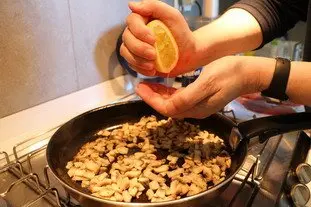
Cooking is about recipes, of course, but it is also an impressive collection of small gestures, ways of doing things, knowing what to do and what not to do.
All these little tips and tricks can be very important: they can affect the way a recipe turns out, simply because you did just the right thing at the right time.
I'm starting here with a series of 5 very effective tips. I hope they will help make life – and cooking – easier for you…
All these little tips and tricks can be very important: they can affect the way a recipe turns out, simply because you did just the right thing at the right time.
I'm starting here with a series of 5 very effective tips. I hope they will help make life – and cooking – easier for you…
24 K 4.9/5 (15 reviews)
Last modified on: March 29th 2016
5 really useful cooking tips
1) When melting butter, cut it into small pieces first
Don't:
When you put butter to melt in a hot pan, it is easy just to put in the required weight as a whole lump, without thinking.This is not the way to do it, as a large lump of butter will start to melt around the outside. It will then start to burn before the middle has even melted.
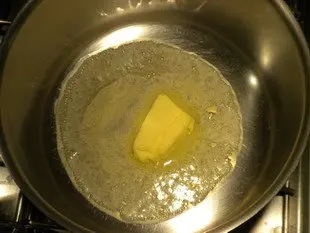
Do:
It is better to cut the butter into small pieces before putting it in the pan. Then it will melt more evenly without burning.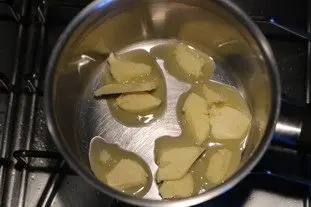
2) Don't try to pick out a bit of eggshell with your fingers
When breaking eggs for an omelette, sometimes a bit of eggshell falls into the bowl.Don't:
It is no use trying to catch it with your fingers – the viscosity of the egg white makes this almost impossible.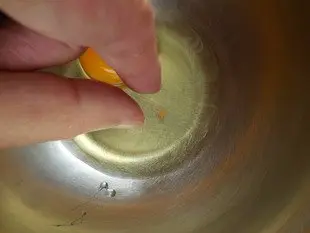
Do:
Take a broken half shell and use this like a spoon to pick out the small piece of eggshell – you'll find it works very well.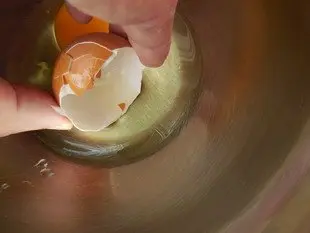
3) Pastry in a flat cake, rather than a ball
Don't:
Although many recipes tell you to do it, you should NOT gather sweetcrust or shortcrust into a ball. When cooled, it becomes brittle in a ball and tends to crack.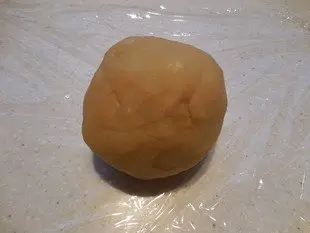
Do:
Gather the pastry into a large flattish cake. This will be much easier to roll out after it has been refrigerated.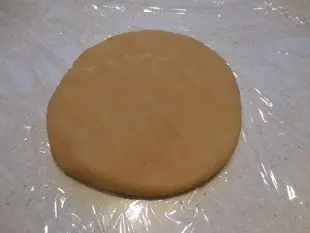
4) Grill your bacon
Don't:
When cooking bacon, avoid frying the rashers in a pan as they will shrink and become tough.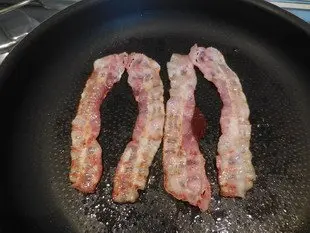
Do:
Cook them under the grill on a wire grid to allow the excess fat to drain off.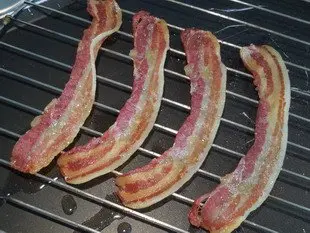
5) Squeeze a lemon over your hand
Don't
When adding lemon juice to a recipe, it is easiest just to squeeze half a lemon over the pan or bowl.But this is how we end up with pips in the recipe, which is not what we want.
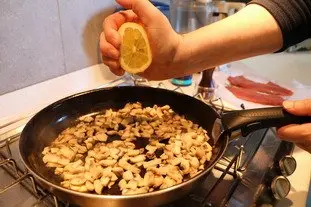
Do:
Squeeze the lemon with one hand, holding the other hand underneath to strain out any pips that fall. Hold your fingers just far enough apart to let the juice flow through, but not the pips.
Lasts posts
Butter vs. grease
We often read in a recipe where a pastry is put into a mould that, just before pouring, the mould should be buttered or greased. But what's the difference between these 2 terms?December 1st 20251,0445
Getting out of the fridge early
Very often when you're cooking, you need to take food or preparations out of the fridge, to use them in the recipe in progress. There's nothing tricky about this: you just take them out of the fridge and use them, usually immediately, in the recipe. But is this really a good method?November 24th 20251,1485
Who's making the croissants?
When you look at a bakery from the outside, you naturally think that in the bakery, the bakers make the bread, and in the laboratory, the pastry chefs make the cakes. It's very often like that, with each of these professions having quite different ways of working, but sometimes there's also one...November 23th 20251,040
Oven height
When we put a dish or cake in the oven, we naturally tend to put it on the middle shelf, and that's what we usually do. But in some cases, this position and height can be a little tricky, so let's find out why.October 8th 20252,8195
The importance of sieving
In recipes that use a fine powder (flour, powdered sugar, etc.), you'll often see the advice to sift before using it. To sift is to pass the powder in question through a sieve (a very fine strainer) before incorporating it into your recipe. It's often advice, but is it really useful?September 3rd 20257,5683
Other pages you may also like
The bitterness of endives
As I write these lines, we are entering the endive season, and if you like it, it's time to enjoy it, if possible with your local producers. Endive is good, but the reproach that is often made of it, and children in particular, is: "It's bitter! And it is (somewhat) true of course, endives...February 9th 201914 K4.9
A few tips for effective kneading at home
When you have to knead dough for bread or some other recipe, you may well use a food processor or the type of machine known as a stand mixer. The best-known brands are Kenwood and KitchenAid. They are useful tools, but here are a few tips to help you get the best out of them.June 23th 2021284 K 23.8
Egg yolks and caster sugar
We often come across recipes where we need to mix egg yolks with caster sugar. This would appear to be a very ordinary and simple thing to do but, be warned, these two ingredients can behave oddly together.February 15th 201883 K 24.3
The first breads of humanity?
I have already told you in a previous article the beautiful story of the croissants, but do you know what it is about the bread, who "invented" it, where and when? Well, you can imagine that recent discoveries, in 2018, have profoundly changed the history of bread.February 16th 201914 K5
Drawing a pattern in pastry
Often in the kitchen, in pastry-making, or in baking, we need to trace a pattern on a pastry. It's just a question of aesthetics but it has its effect after baking on a galette, pithiviers, pâté en croute (terrine in a pie crust), etc.May 23th 201935 K4.1
Post a comment or question
Follow this page (as 2 people already do)
If you are interested in this page, you can "follow" it, by entering your email address here. You will then receive a notification immediately each time the page is modified or a new comment is added. Please note that you will need to confirm this following.
Note: We'll never share your e-mail address with anyone else.
Alternatively: you can subscribe to the mailing list of cooling-ez.com , you will receive a e-mail for each new recipe published on the site.









